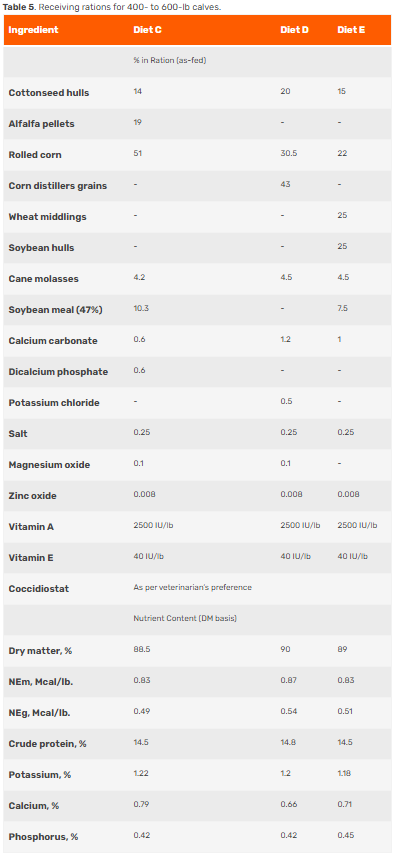Breakevens Remain Key in Determining Retained Ownership
Sterling Marketing’s estimate for April feeding margins fell sharply from March as the break-even price increased to $118 per cwt from $116 per cwt.
These higher breakevens were judged against April’s five-area steer price average of $120 per cwt. Steer prices for the first four months of 2018 averaged $124 per cwt, compared to $122.52 per cwt for the same period a year ago. However, feeding margins for those months averaged $135 per head in 2018 compared to $313 per head in 2017. The difference—break-even prices for the January to April period average $114 per cwt in 2018 compared to $100 per cwt in 2018.
The last statement is key and the one to remember. Adding value and capturing that value (making money) versus adding value and losing value (losing money) is largely a function of your break-even price.
In a recent article discussing the “holes and walls” of cattle in this year’s fed cattle numbers, I noted feedlot placements during May, June, July and August, given the large number of calves that are now on feed as wheat pasture was mostly non-existent. This shift in the “normal” placement pattern will reduce feeder cattle and feedlot placements during the third quarter and likely reduce the number of finished, fed cattle at the end of the year. This will be worth watching over the next several months with regard to retained ownership.
While I expect feeder cattle prices to be supported into the low-$150 per cwt range (Opportunity Cost) and break-even prices ranging near $115 per cwt during the fourth quarter, margins look favorable for December marketing with an expected steer price of $119 per cwt for the month.








